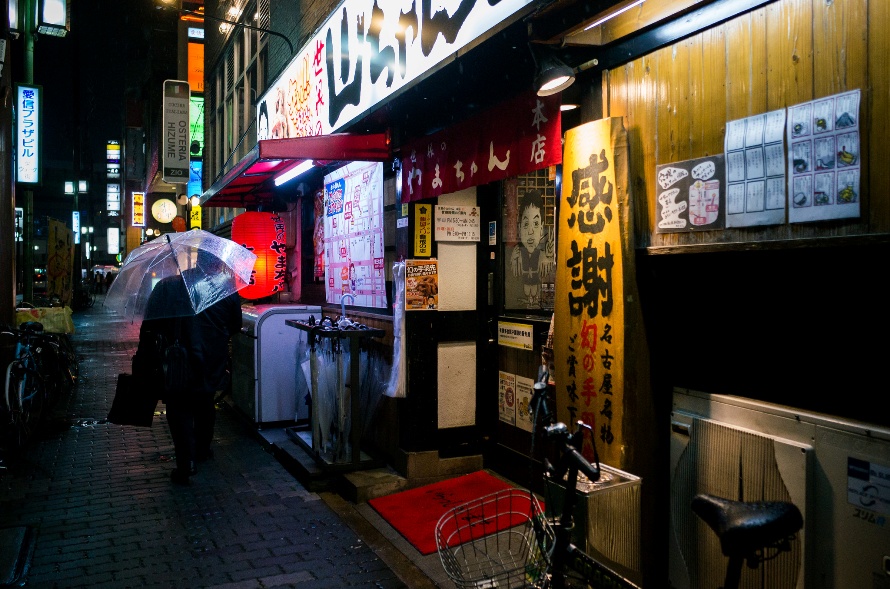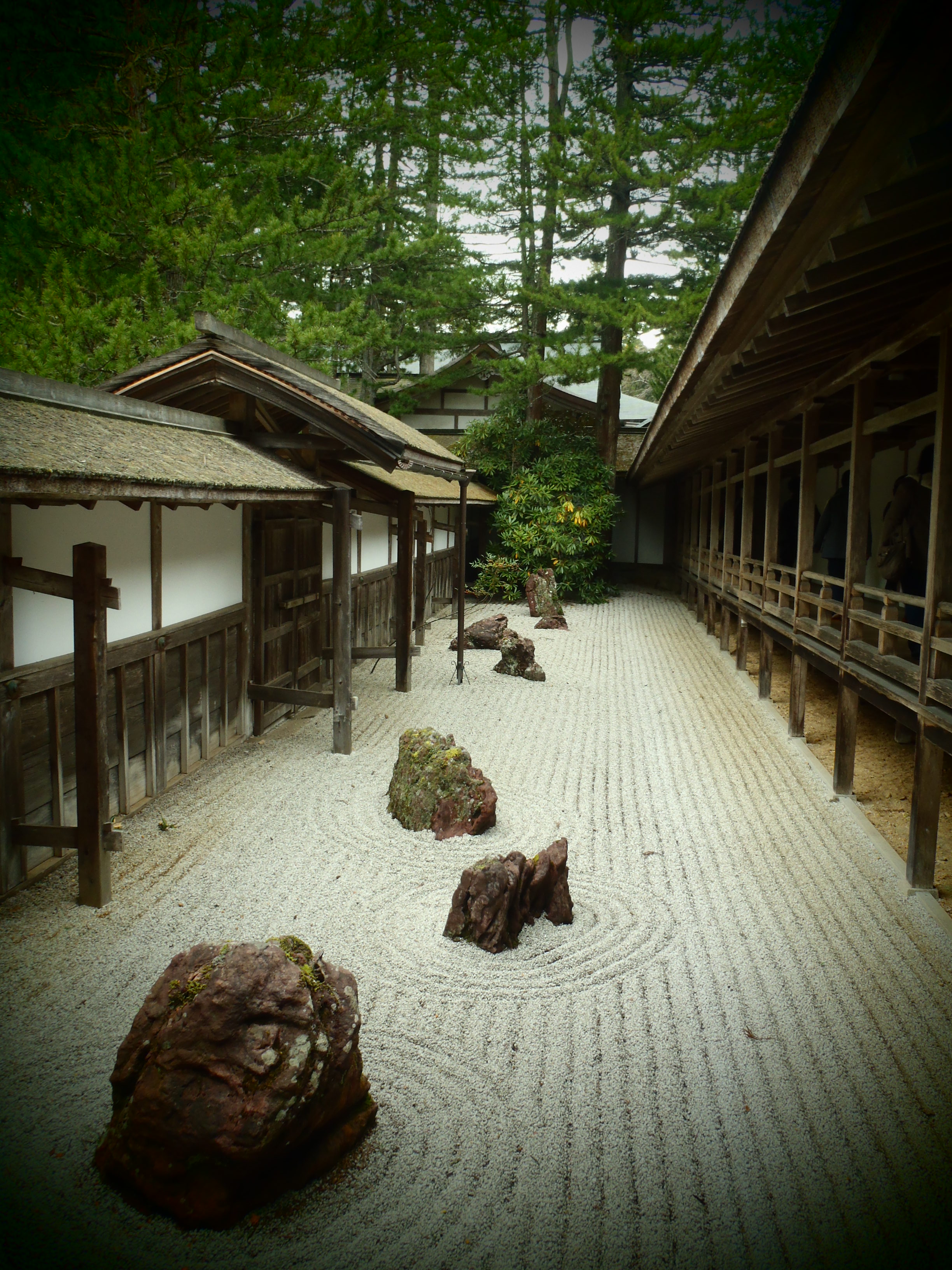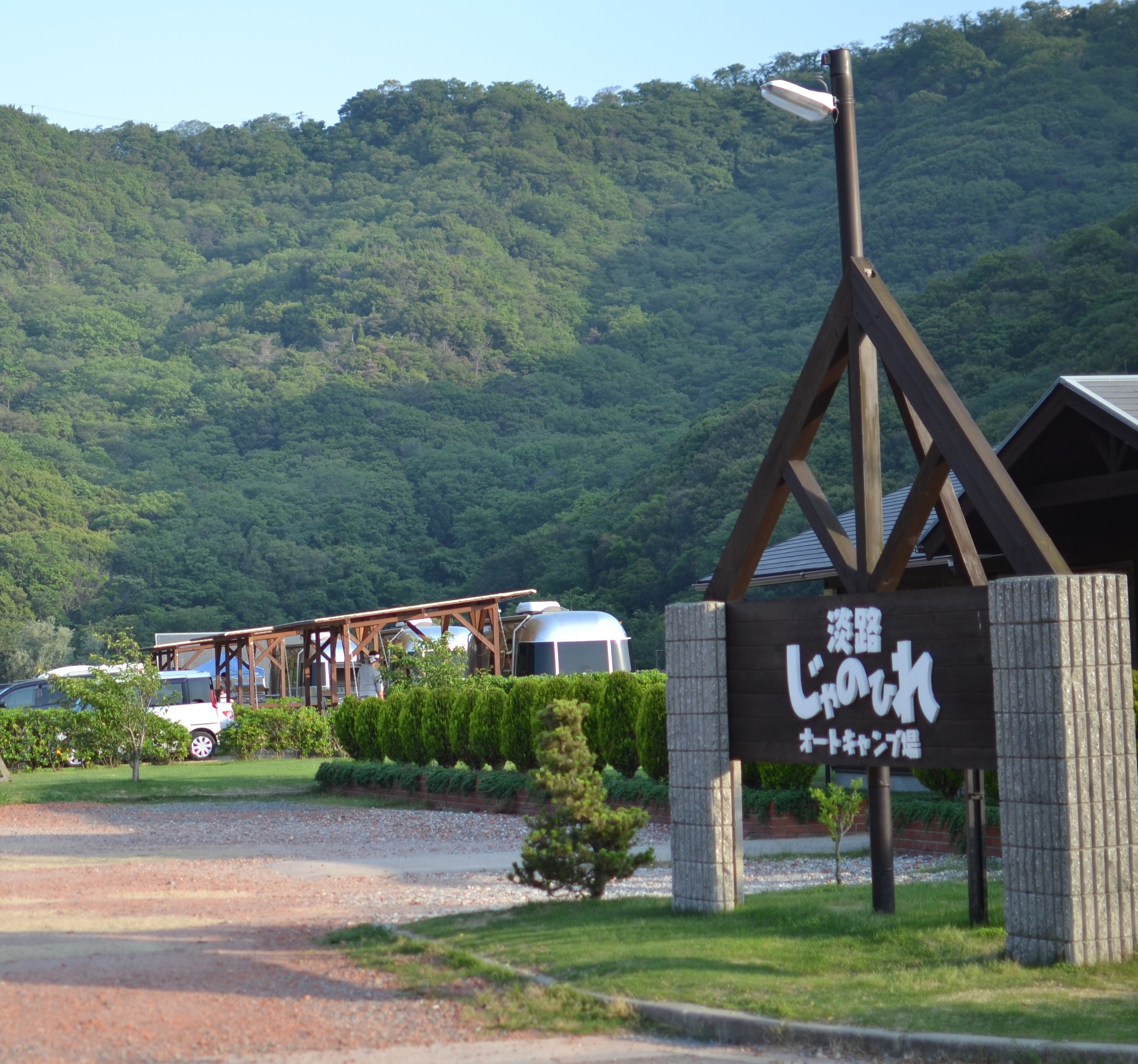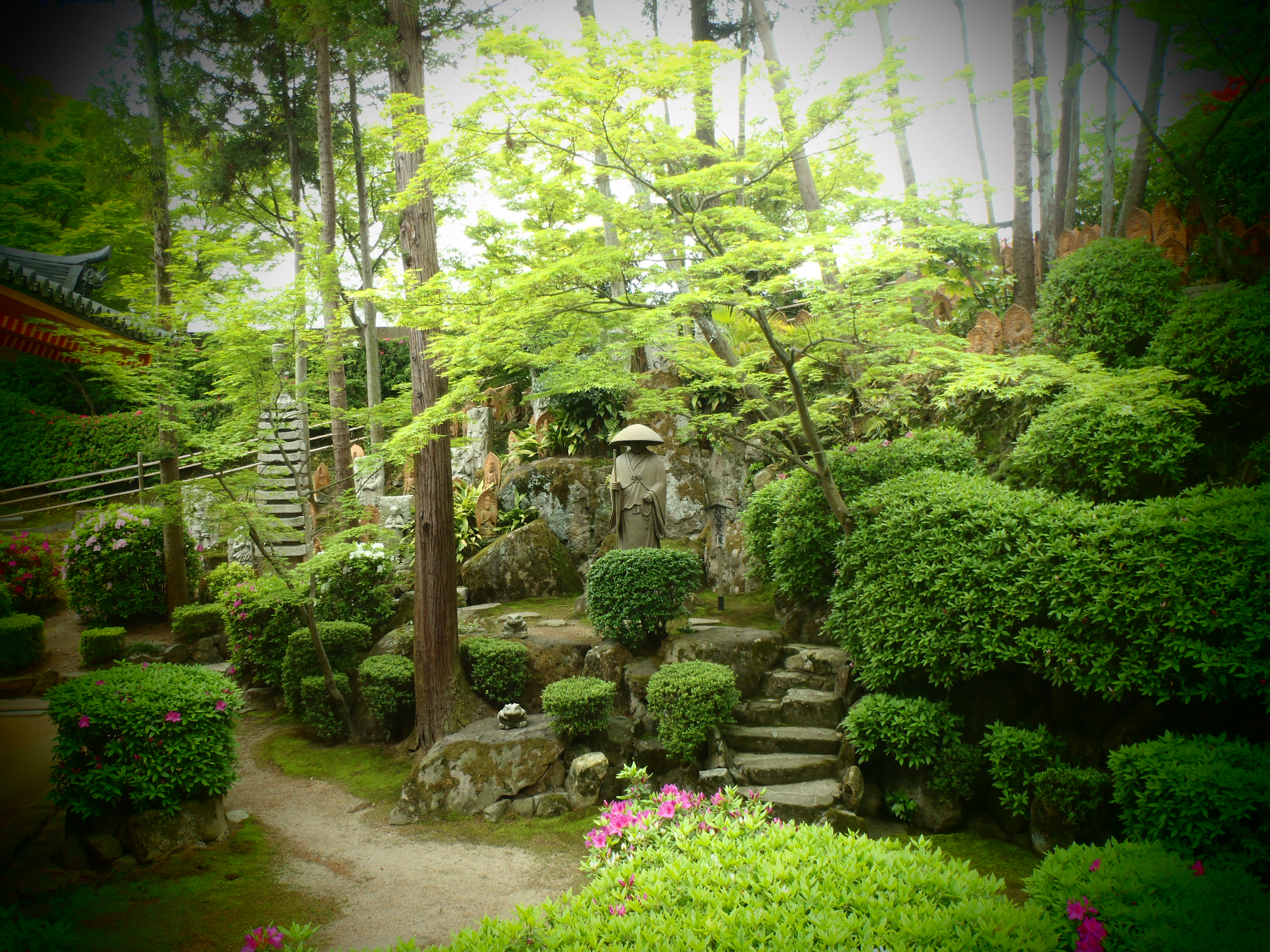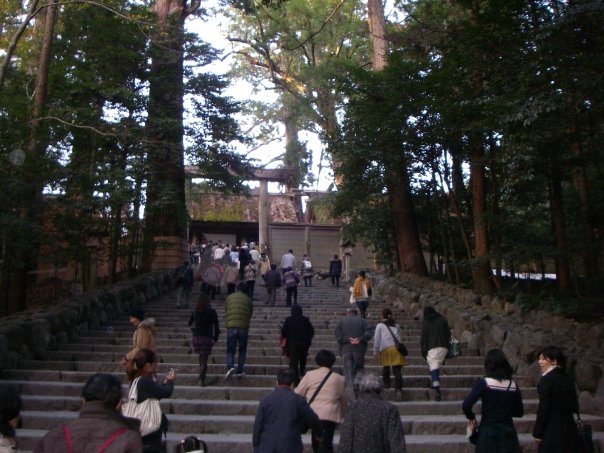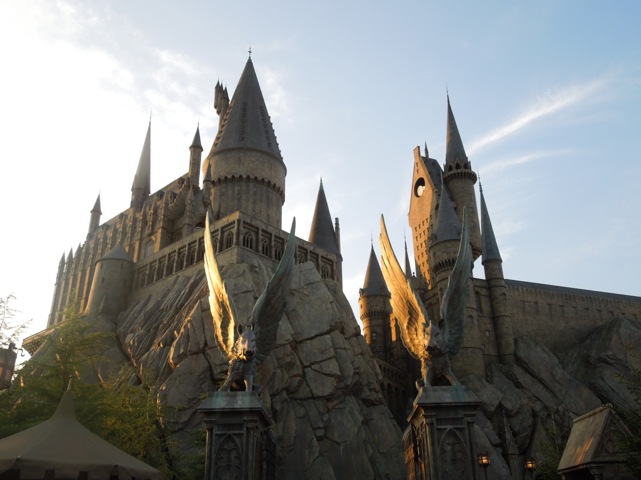Aichi Prefecture:
What’s up Hyogo people, my name is Elliot Seeto. I’m from the city of San Francisco, California but I lived in San Diego for several years prior to joining JET. I’m a 2nd year JET ALT, and the current president of Aichi AJET. I reside in Tsushima, which is a small city about half an hour west of Nagoya by train. I teach English at two elementary schools, alternating every week.
Why did you apply for the JET Program or come to teach in Japan?
My decision to come to Japan on JET was a confluence of different reasons:
1)   I’ve held an interest in Japan since childhood, beginning with my introduction to anime, manga, and video games at a young age. As I got older, my interest gradually expanded to include Japanese cuisine, language, and culture.
2)   I’ve always wanted to try living long-term in a foreign country, because the home-stay and study abroad programs that I’ve done in the past never lasted for more than a few months. I especially wanted to live in a place where the culture is quite different from Western societies so that I can get exposure to vastly different ways of thinking and doing things. Additionally, I wanted to go to a place that doesn’t have English as the main language, and yet still be a place where I could get by on my own—to that end, Japan was the only choice because Japanese is the only other language I am proficient in besides English.
3)   For several years I’d heard nothing but great things about the JET Program from friends and acquaintances who did it. Everyone I met who talked about it always said that JET was an amazing and unique life-changing experience. The more I heard about it, the more I wanted to try it out. I finally decided to go for JET following my graduation from college, when I was having a tough time finding a decent job back home in California.
How did you end up in your prefecture? Was it a preference of yours?
My top preferences were actually the Kanto and Kansai regions, since I wanted to be in or at least close to major cities like Tokyo, Yokohama, Osaka, or Kobe. Like most non-Japanese people, I had actually never heard of Nagoya or Aichi prior to receiving my placement. Although initially quite disappointed that I didn’t get any of my preferences, I’m now glad that I ended up by Nagoya because it’s right in the middle of Japan. Nagoya’s central location facilitates my love of travel—I can take trains or buses to either Tokyo or Osaka, and still have plenty of time left that day upon arrival to get things done.
What has been your favorite memory in your prefecture so far?
One of my favorite memories is from a weekend Aichi AJET event in Nagoya this past March. A Japanese friend of mine who works with Nagoya’s City Hall helped me to organize the event, which was a walking tour of the city for JETs. The tour started off like any other tour, with a guide leading us through the castle, downtown, and shopping areas while explaining the histories. However, the afternoon brought an unexpected surprise—Oda Nobunaga joined us as an additional tour guide! (Wikipedia/Google him if you have no idea who he is.)
One of Nagoya’s major attractions for Japanese people is the Nagoya Omotenashi Bushotai, which is a group of performers who dress and act as several of the key historical figures from the Sengoku Jidai (Warring States Period). Aichi is rich in history of that era, so they regularly appear at Nagoya Castle (and sometimes TV as well) to give performances. Oda Nobunaga, the lead historical figure of that group, joined our tour as an additional guide.
Nobunaga showed up in full costume, and was in-character the entire time he was with us. This made for some interesting side conversations aside from the tour. And thanks to him, we got to enjoy free samples of tea and snacks from various shops as we walked through the Osu shopping arcade. At one point all eight of us, including Nobunaga, crammed into a Purikura booth like a clown car. The resulting enhanced pictures of a girly, red-lipped, big sparkly-eyed samurai general with an army of gaijin beside him still make me laugh whenever I look at them.
Is there a “best†time to visit your prefecture?
There isn’t really a “best†time to visit—Aichi doesn’t get much snow during winter, and it is hotter than other prefectures during summer. There are plenty of nice spots for spring hanami and fall kouyou, but nothing particularly outstanding compared to the rest of Japan. There are also scores of interesting festivals all over the prefecture during the summer; but again, not so different from the rest of the country. So pretty much anytime is a good time to come visit!
What are your “Must Do’s†for visiting JETs?
1)   Nagoya: Eat the culinary meibutsu (famous foods)—especially the tebasaki (peppery chicken wings) from Yamachan, a famous Nagoya izakaya chain. Other foods of note are miso katsu (red miso sauce katsu) and hitsumabushi (a special unagi don eaten in three different phases).
2)   Inuyama: See Inuyama-jo, a beautiful mountain castle with a great view of both Aichi and Gifu. It’s also classified as a National Treasure mainly because it’s the oldest original wooden castle in Japan—it has never been destroyed, moved, or rebuilt, making it almost entirely unchanged from its original state. The town at the base of the castle is also worth a look for its many traditional shops that have been in business since old times.
3)   Morikoro Park, home of the World’s Fair Expo in 2005, contains a full scale exact replica of the family house from the Studio Ghibli film My Neighbor Totoro. Every single little detail and feature of the home from the movie has been painstakingly recreated—from marks on the walls to items stored inside drawers. Visitors are allowed to explore the interior and touch most objects, so this is a must for Totoro fans.
4)Â Â Â Car enthusiasts need to visit Toyota because is the home of the Toyota Motor Corporation. Besides the car manufacturing plants, there is also the Toyota automobile museum.
What do you feel is unique to your prefecture, something JETs can’t find anywhere else?
In terms of both population and area, Nagoya is not nearly as huge as the metropolises of Tokyo and Osaka; however, that is a benefit. Nagoya still has all of the benefits and amenities of a major city, but without nearly as much of the dense congestion that Tokyo and Osaka have. You can still go to the big city for sports games, clubbing, festivals, serious shopping, and good eating without being compacted into subway trains like sardines. The shopping arcades are also easily navigable and not overwhelming labyrinths.
Also for those who enjoy strong miso, Aichi is the right place because there is red miso on EVERYTHING. Red miso has a more potent and tangy flavor compared to the yellow and white miso used in the rest of Japan. Many of the region’s meibutsu are covered in or stewed in red miso sauce: miso katsu, doteni (guts stew), and dengaku (grill tofu). Oden in Aichi is also often served in a red miso-based broth, instead of the dashi-based broth served in the rest of the country.
Anything else you want to add?
1)   Aichi has a reputation for having the worst drivers in all of Japan—even worse than Osaka! So if you visit, don’t assume everyone will obey traffic safety laws. Please watch out and walk/bike/drive defensively.
2)   In Kansai, proper escalator etiquette deems that people stand on the right side; whereas in Kanto, everyone on escalators stands on the left side. In Nagoya, nobody knows where to stand on the escalators. It’s quite a mess.
3)Â Â Â Those of you on the far eastern or far western sides of Japan that are traveling to the opposite end by car or train should take an extra day to stop off and explore Aichi. Break up that long journey; eat the food, see the sights, and enjoy!
Elliot Seeto
photo from flickr commons – yamachan
